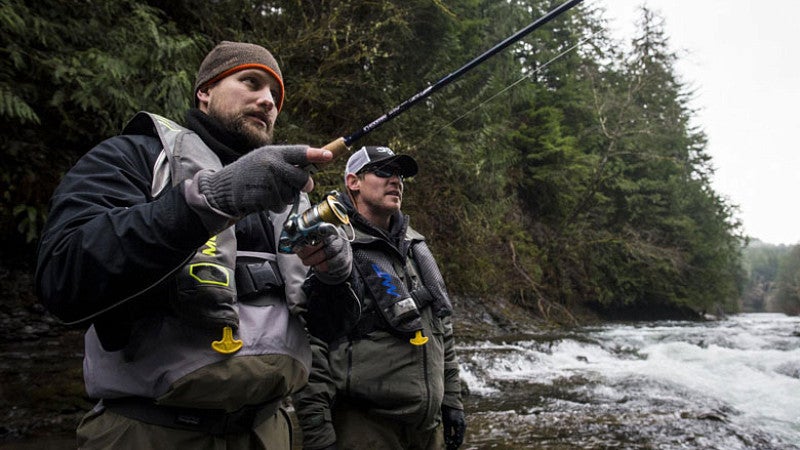
I’ve spent my career working in newspapers across the rural West.
That journey started at a small weekly in the wilds of Idaho, reporting on school boards, city councils and at least one resident who was charged by a moose as she walked from her front door to the mailbox.
Then I moved on to a small daily paper in Montana. I covered the business and environment beat, but, like every member of a small newsroom, I had to be willing and able to respond to whatever the world threw at my small community. That included being the first journalist to arrive at the scene of a horrific plane crash that killed 14 people — including seven children — en route to a ski holiday.
It’s terrible moments like those when you hope your training, practice and education have prepared you to do your job ethically, reliably and professionally. Most small-town journalists, a few times in their lives, shoulder the immense responsibility of providing crucial information in the face of overwhelming tragedy. They know that if they don’t do it well, no one else will.
My most recent stop was as deputy managing editor at the family-owned East Oregonian, a newspaper based in Pendleton that covers a large swath of the dry side of the state. There, too, I found myself the only reporter able to respond to the scene of a tragedy —a Dec. 31 fatal bus crash atop icy Deadman Pass that killed nine tourists.
Each place I’ve worked, I’ve covered stories that no one else covered. In rural newsrooms, I’ve never been a part of a gaggle of microphones and cameras, following mayors or murder suspects or athletes. I’ve rarely attended press conferences. Often, the rural media outlets still operating are the only professional journalists for hundreds of miles.
If these newspapers go under, many communities stand to lose their only access to reliable information about themselves and their neighbors.
According to the New Yorker, about 1,400 American cities and towns have lost a newspaper in the past 15 years. There are now more than 1,000 communities in the United States that have no local news source whatsoever.
And that is why I decided to head back to school and work toward a multimedia journalism master’s degree at the UO School of Journalism and Communication in Portland.
I understand the changing dynamics at foot. The journalism profession is beset by dramatic financial, technical and cultural shifts. Those shifts become problems in rural areas, where profit margins have always been thin. But the industry needs reinventing, and we journalists need reinventing, too, if we are to survive.
The skills I’m learning in the multimedia journalism master’s program have already made me a more multi-faceted journalist, able to tell stories and convey information through a variety of media, including writing, radio, video and photography. Whatever technological advances the near-future holds, I’ll be an asset to a small media provider that’s looking to stay relevant and willing to pivot to new sources of revenue and new ways of serving customers.
Updating the journalism industry for an online world is an ongoing process. There will be steps forwards and steps back. More print layoffs are likely, but so too are technological advances that empower journalists and media outlets to tell stories in compelling new ways.
After all, the internet was made for users to communicate quickly and clearly — the basic tenants of good journalism. Journalists must find ways to harness that power and use it to empower communities both large and small.
—By Tim Trainor
Tim Trainor is a journalist and multimedia journalism master’s student at the UO School of Journalism and Communication in Portland. He also still works with EO Media Group and freelances for publications throughout the Northwest.
